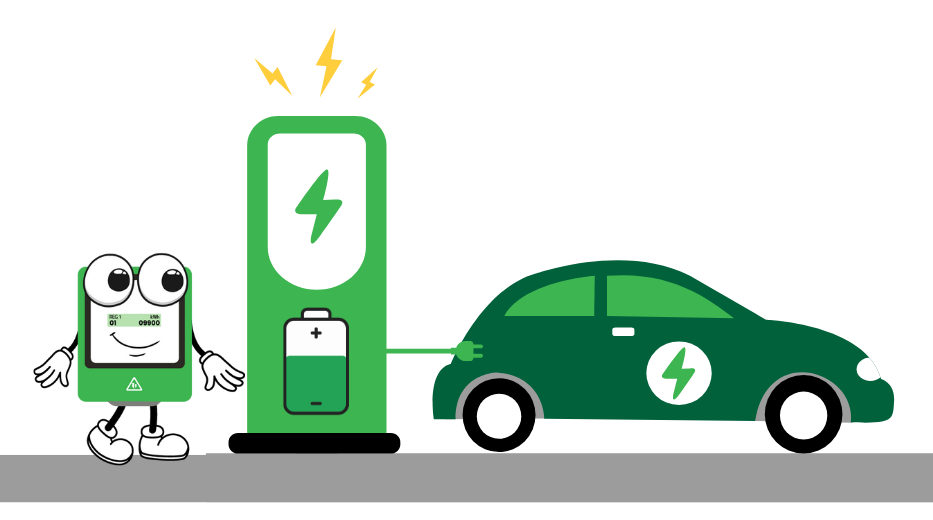We’re currently refreshing our EV content to bring you the latest and most helpful information.
In the meantime, for up-to-date EV tips and resources, visit Ergon Energy Network’s website here.
Stay tuned - exciting new content will be launching in mid-2025! 🚗⚡
